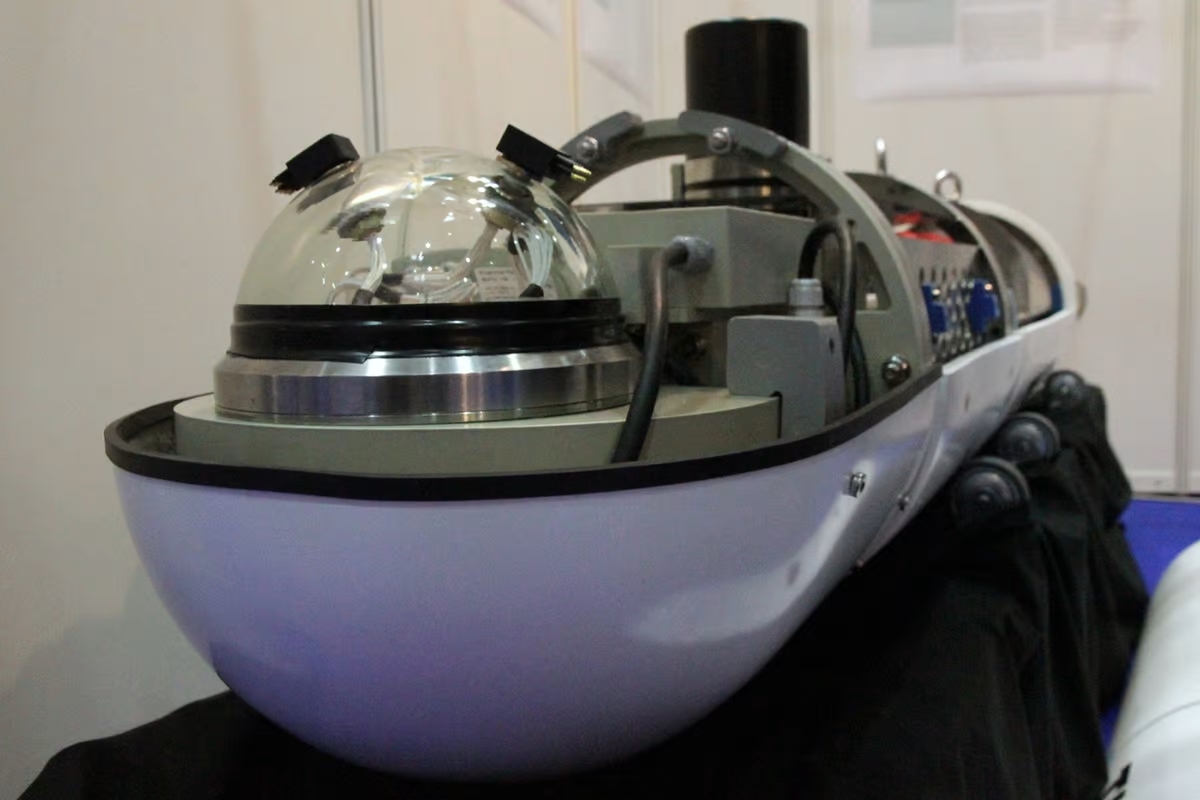
Engineers from Germany’s Fraunhofer Institute for Optronics are working on an autonomous underwater vehicle (AUV) that would be inexpensive enough to use for industrial applications such as hull and dam inspection, yet independent enough that it wouldn’t require any kind of human control.
Typically, more cumbersome but less costly remote operated vehicles (ROVs) are used for grunt work – they are connected to a ship on the surface by a tether, where a human operator controls them. The more technologically-advanced AUVs tend to be used more for well-funded research, but according to the engineers, one of the keys to creating “blue collar” AUVs is to overhaul the ways that they see, hear and think.
The project is being led by Dr. Thomas Rauschenbach. His team wants to build autonomous robots that are not only less expensive, but that are also smaller and tougher than their predecessors, and that can be used in pretty much any underwater setting.
The AUVs will reportedly be able to see even in turbid water, thanks to a laser imaging system. An onboard camera will emit laser pulses, which will be reflected by underwater objects. As the camera receives and processes these waves of reflected light, it will build up a picture of its surroundings.







